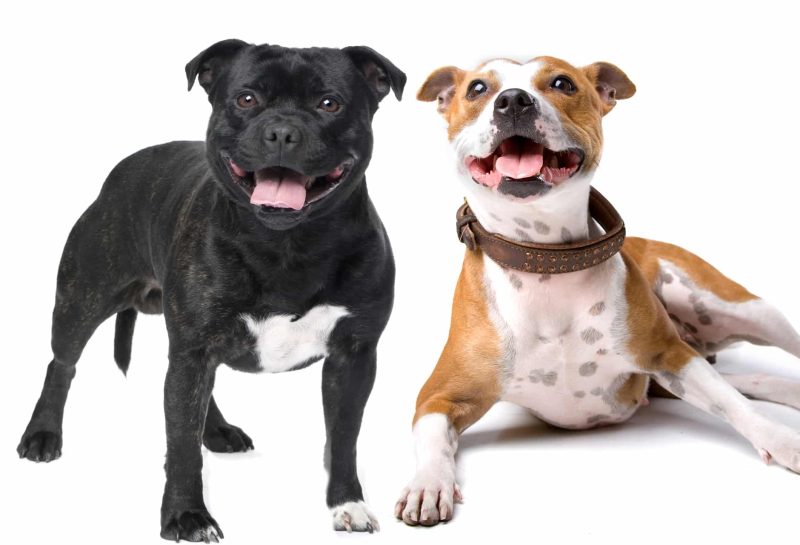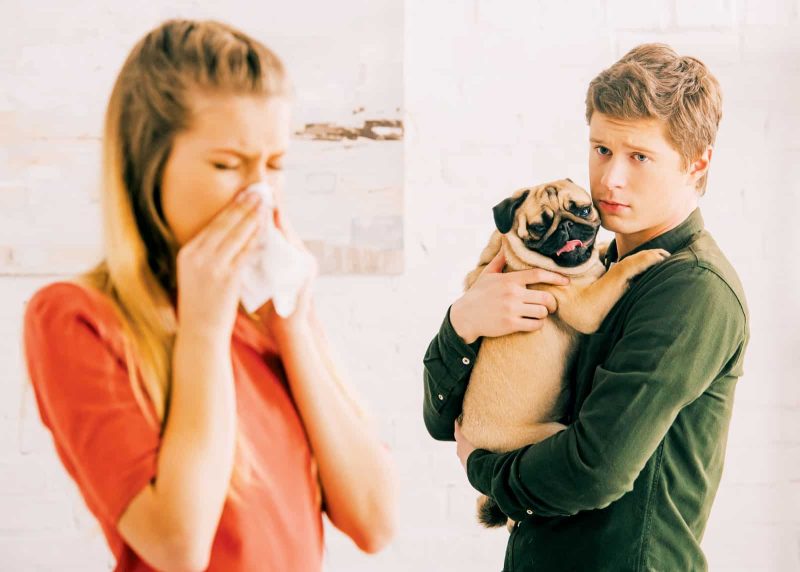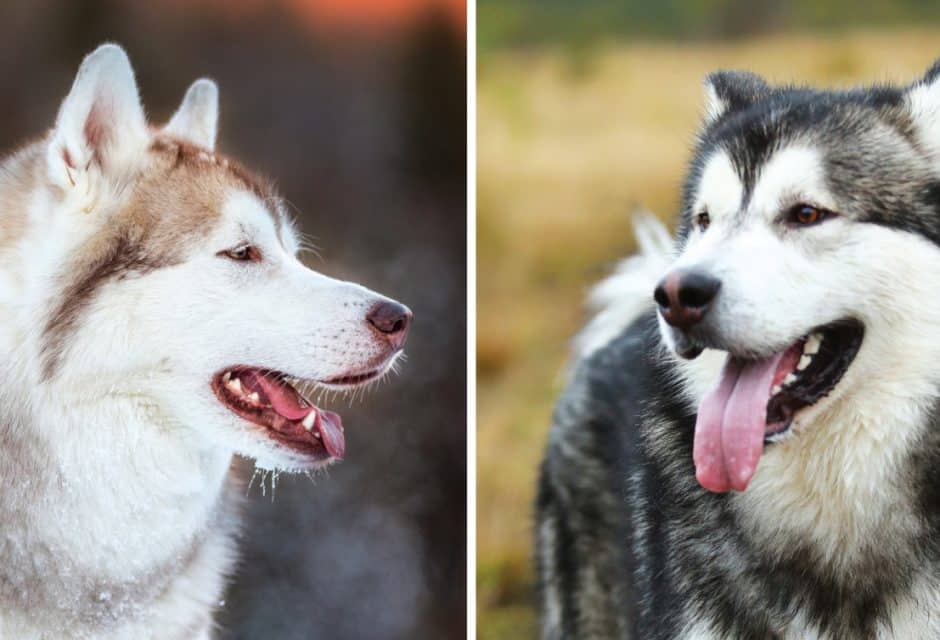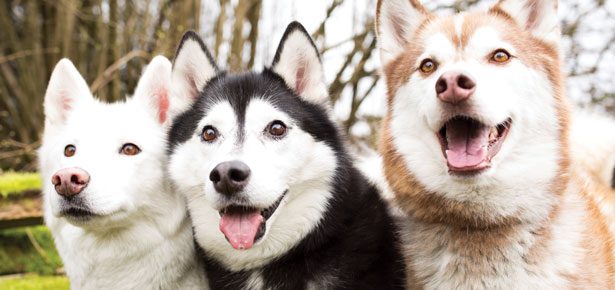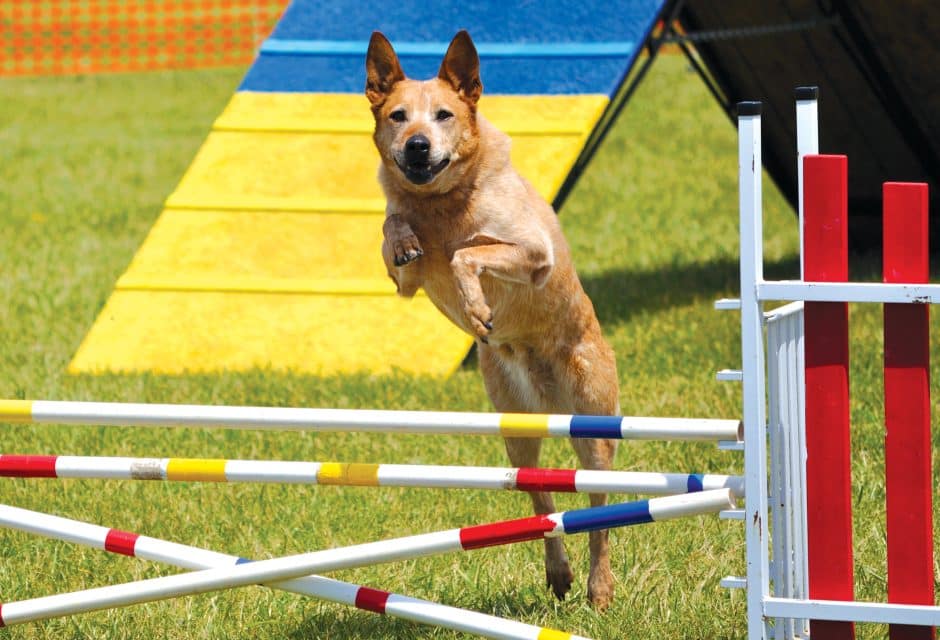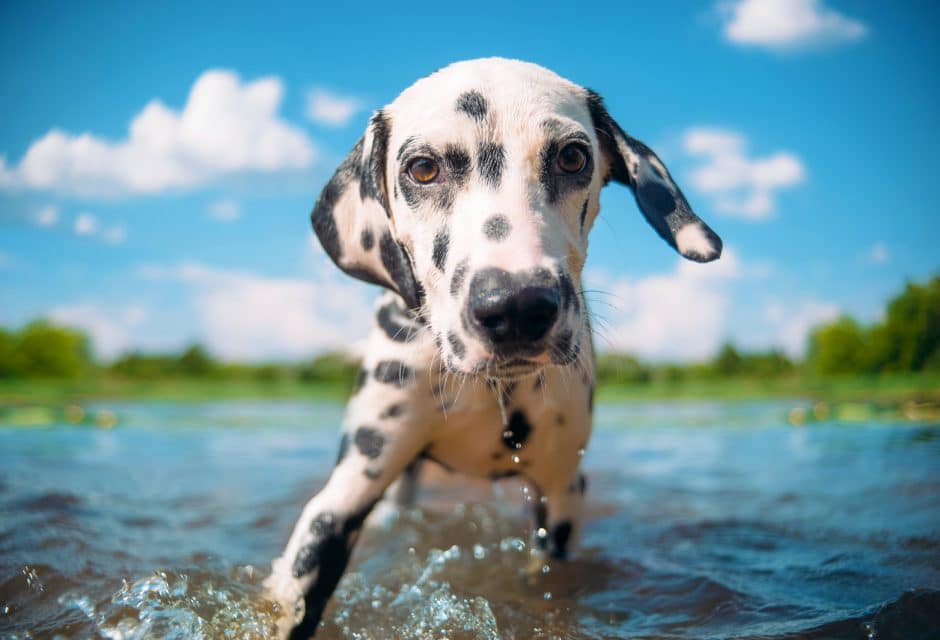
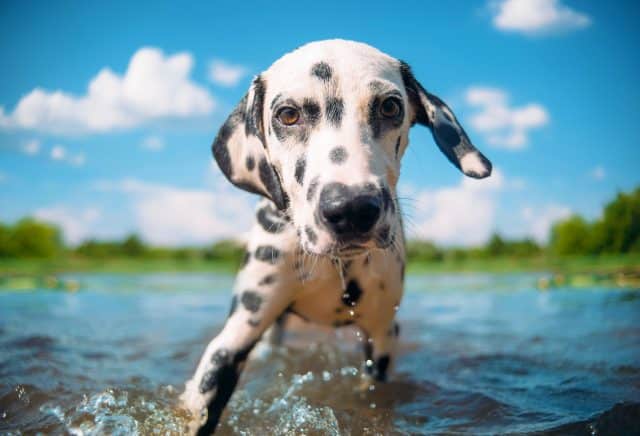
The Dalmatian
Energetic, playful, sensitive... is the Dalmatian right dog breed for you? Read on to find out!
The dashing Dalmatian has as many qualities to recommend him as he has spots sprinkled over his coat. But because the Dalmatian’s other qualities are so often camouflaged by that eye-catching pattern, we’re going to pretend for a moment that he’s just a plain, white, monochromatic dog. We’re going to forget that he even has those you-know-whats.
Dalmatian History
In fact, no one really knows why Dalmatians look like they were standing too close when an artist shook out her brush full of dark paint. The origins of the breed are not known. Some argue that the name Dalmatian comes from the Dalmatia region on the Adriatic Sea in eastern Europe. Others attribute it to a man named Jurij Dalmatin who may have been associated with the breed in the 16th century. Another theory is that the name is a corruption of dama-chien and that the Dally was originally bred to hunt fallow deer (dama is Latin for fallow, chien is dog in French).
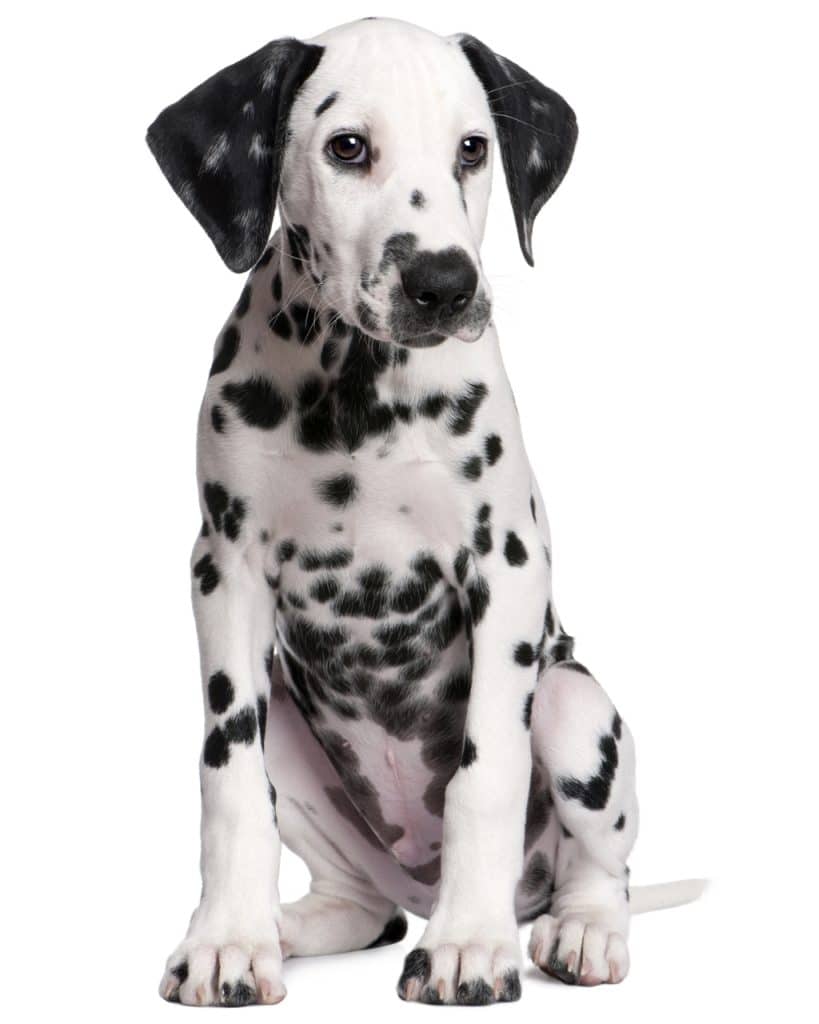
Life on White/Bigstock
Whether or not hunting was the Dalmatian’s original purpose, its most famous career path has been following horses; up hill and down, over rocky roads and through bustling towns, in snow, rain, and beating sun, the Dal has trotted faithfully behind cobs, coaches, and carriages. Most Dalmatians have a natural affinity for equine friends, making them ideal stable guardians and journey companions during a period when all transportation required real horsepower.
Dalmatian as Firehouse Mascot
Fire wagons charging to the scene of a blaze might be accompanied by a bold Dalmatian, perhaps to clear the way for the firefighters or to ensure that the galloping horses were not harassed by loose dogs in the street. Today, the dog that kept the firehouse and its stables clear of rats has evolved into a personable mascot and fire safety instructor, often used to teach children basic fire drills such as “Stop, Drop, and Roll” or how to crawl to safety in a burning building.
The breed also has a long history as a showman, from being a travelling performer with gypsy caravans and popularity as a circus clown, through to premier roles in advertising, TV, and movies. How many dog breeds can claim their own video game? The Dal has two: Escape from DeVil Manor and 102 Dalmatians: Puppies to the Rescue.
Dalmatian Personality
The dog stars of the musical illustrate an important point, however: many of them are rescue dogs that were adopted from shelters. Dalmatians are high-energy, intelligent dogs with a need to be with people and to do something, like the amazing work they perform on stage. Unfortunately, too many people acquire Dalmatians after seeing a cute cartoon or for their appearance alone and without considering that they may not be the right owners for this breed. When their little Patch or Penny turns into an adult dog with exercise demands and willful personality, they dump the “problem” at the local humane society.

Marina Jay/Bigstock
Dalmatians & Deafness
Another reason Dalmatians may end up at a shelter is hearing disabilities; the Dalmatian Club of America’s official Position on Dalmatian Deafness states that from 10 to 12 percent of the breed is deaf. Opinions vary on how difficult it is to own a deaf dog. Some experts warn against it, while others argue that with some extra attention and training, deaf dogs can lead happy and full lives. Hearing disabilities are inherited in Dalmatians and, while dedicated breeders are working to eliminate deafness through testing and careful breeding, anyone who wants to live with a Dal must be aware of the potential problem.
Other health concerns for the Dalmatian include urinary stones and allergies affecting the skin. A planned diet can go a long way toward controlling both of these conditions.
The average Dalmatian is a happy, athletic dog designed for long-distance running. The American Kennel Club breed standard describes him as “strong, muscular, and active…poised and alert…capable of great endurance combined with a fair amount of speed.” His coat must be pure white with short, fine hair and markings of either dense black or “liver” (dark brown)—no other colours are acceptable. Nose colour must match the spots.
Whoops—did we just say spots?
Oh, to heck with it—how can we celebrate the Dalmatian without saying how we love his unique look? Take away those splashy markings and the Dal would still be a dog of 100 delights—but the spots make it 101.
» Read Your Breed For more breed profiles, go to moderndogmagazine.com/breeds
Join the newsletter and never miss out on dog content again!
"*" indicates required fields
By clicking the arrow, you agree to our web Terms of Use and Privacy & Cookie Policy. Easy unsubscribe links are provided in every email.

